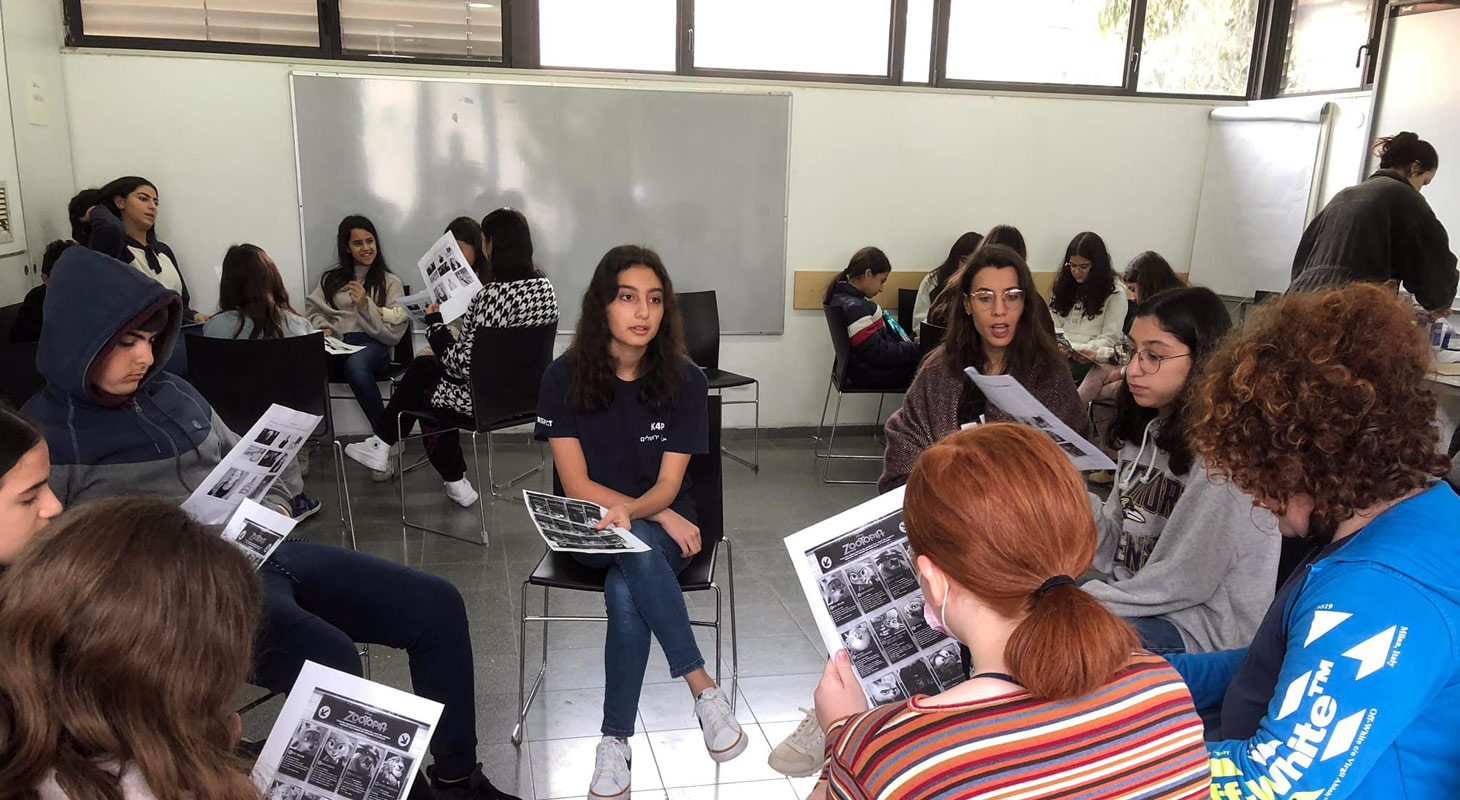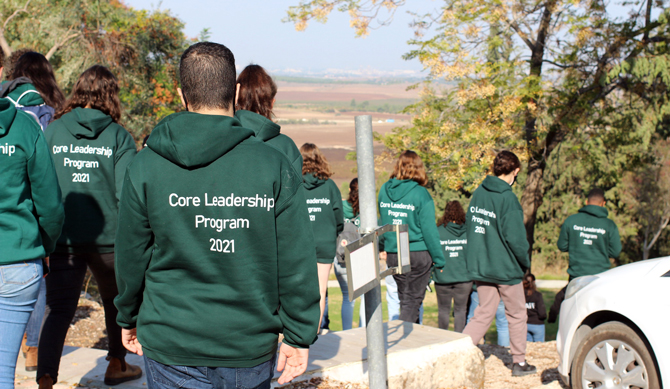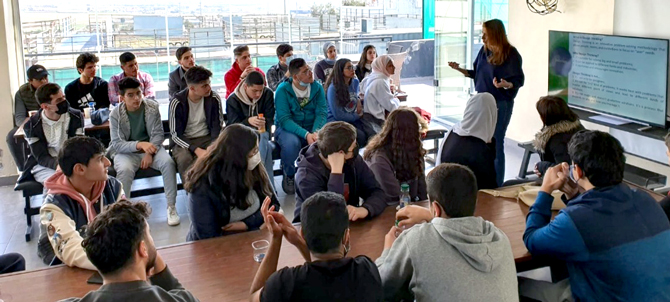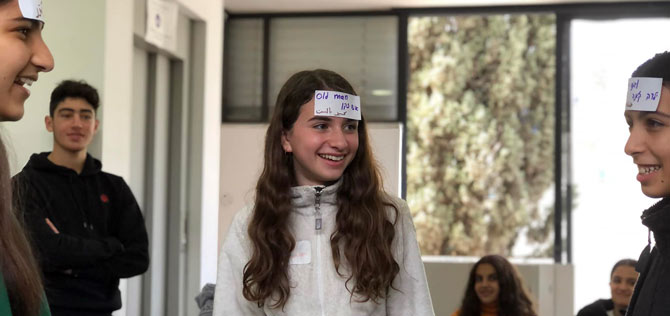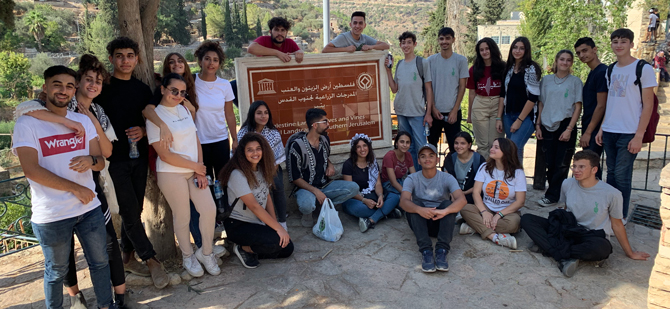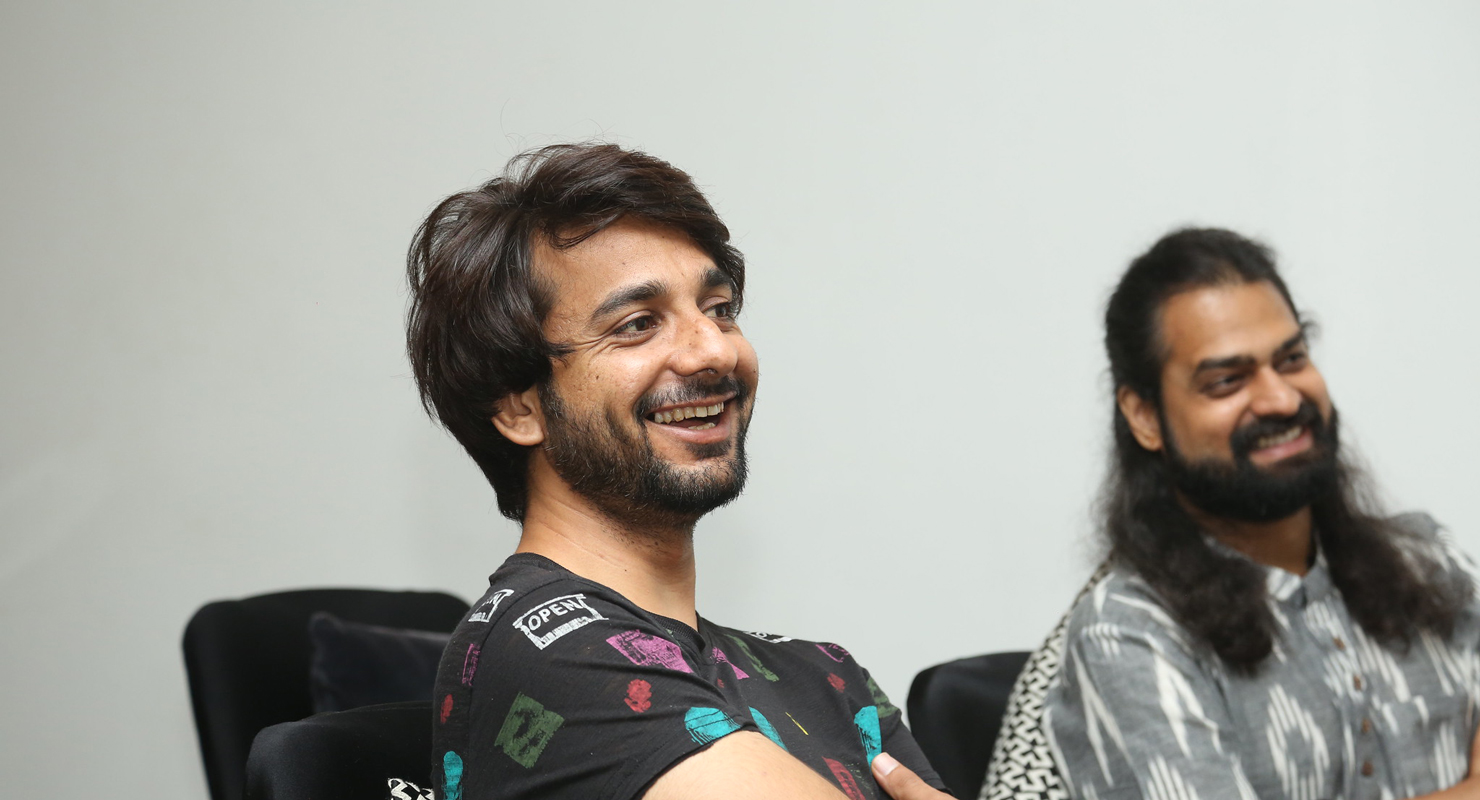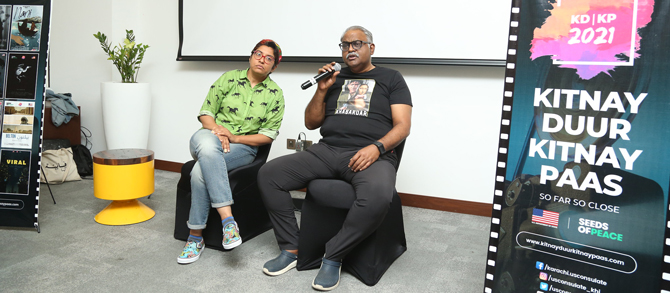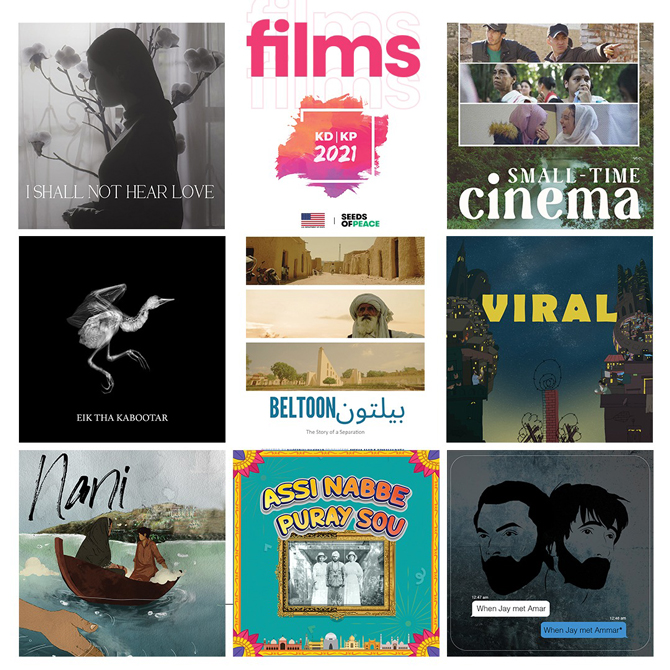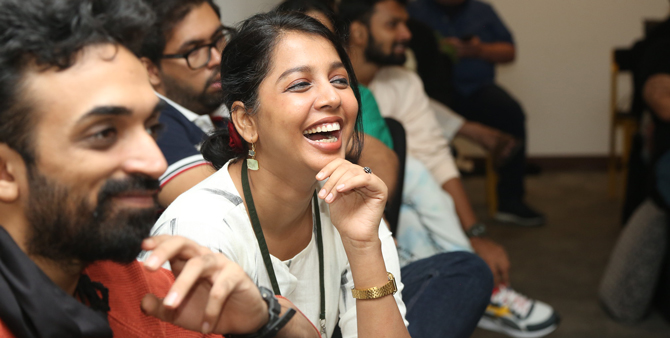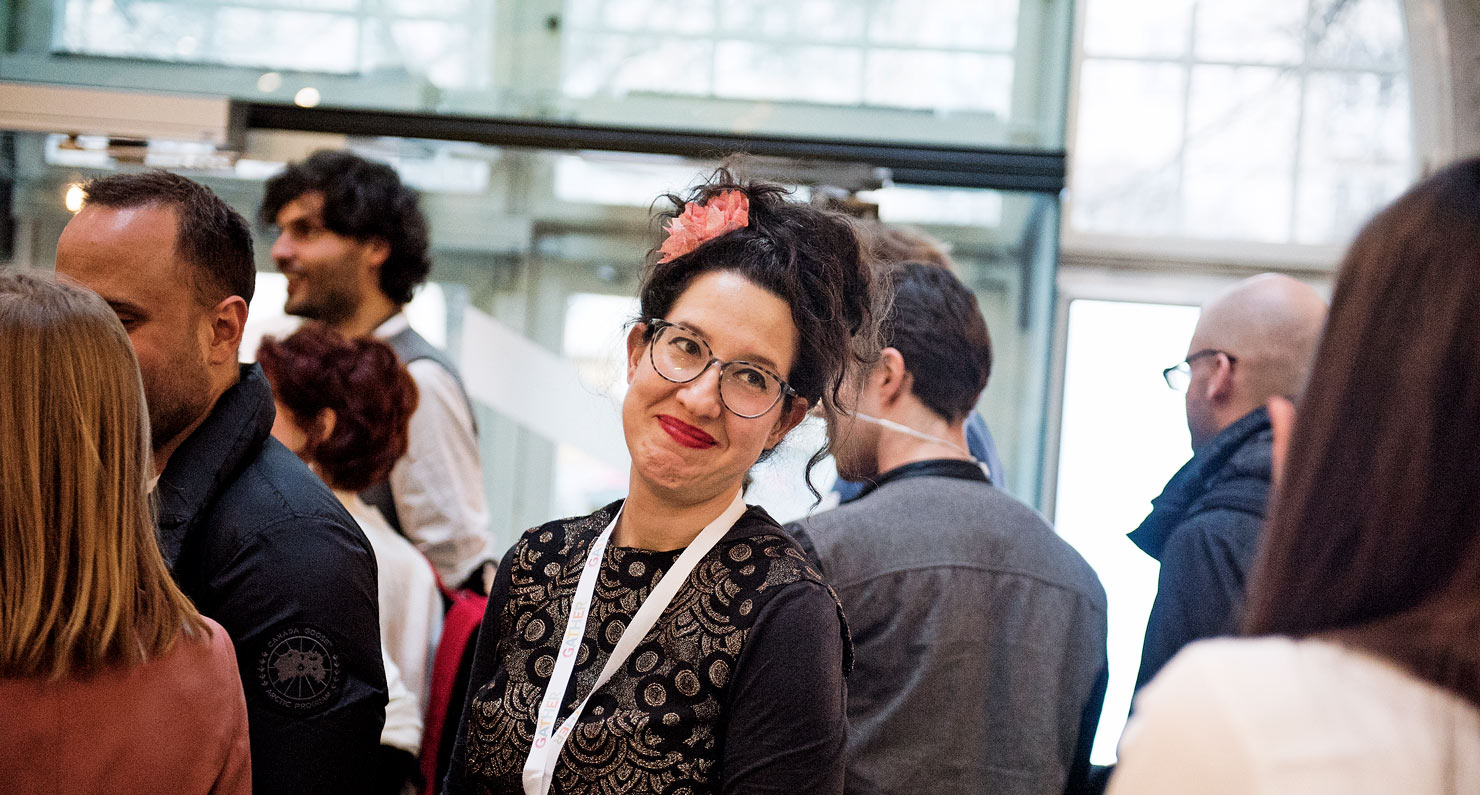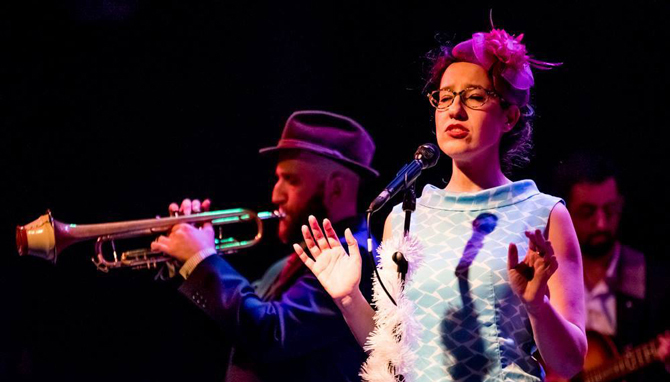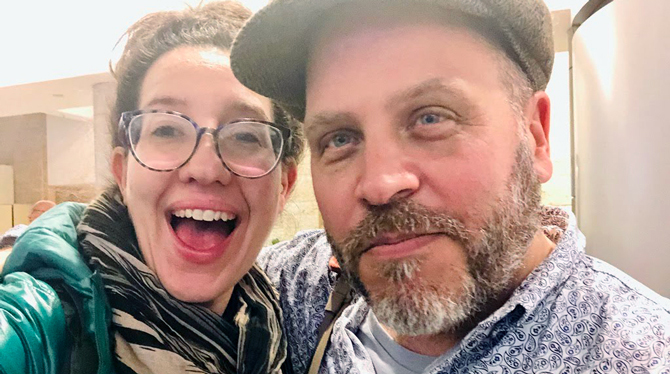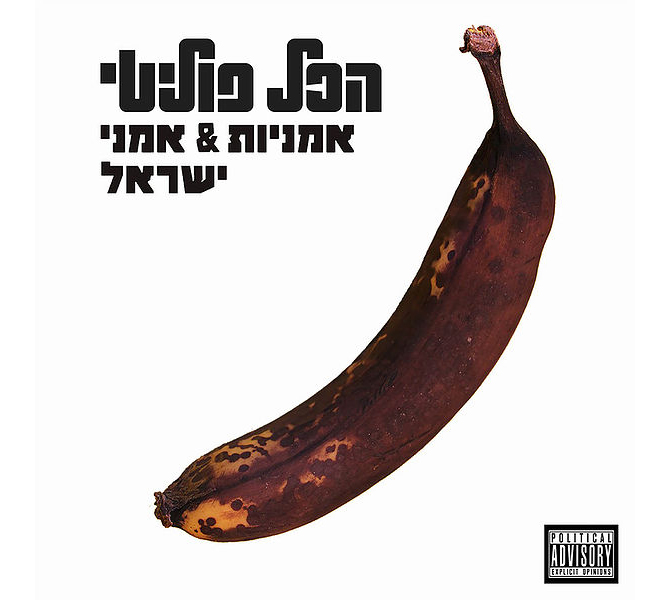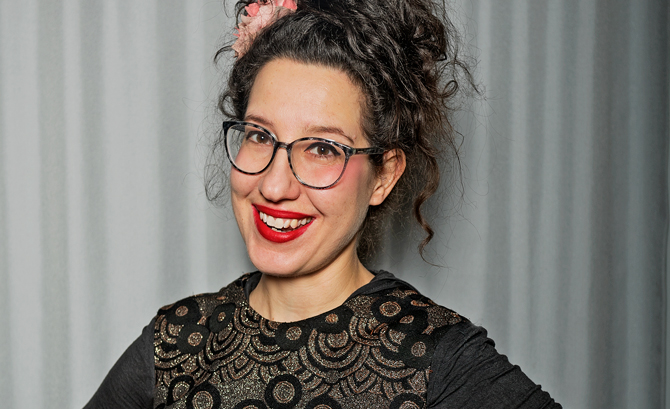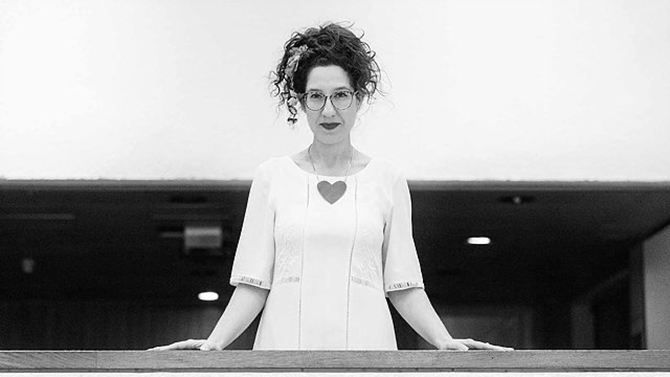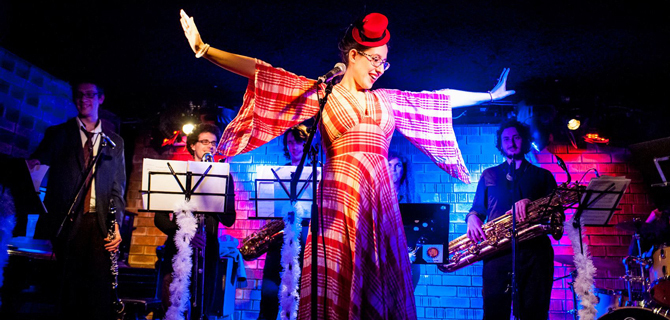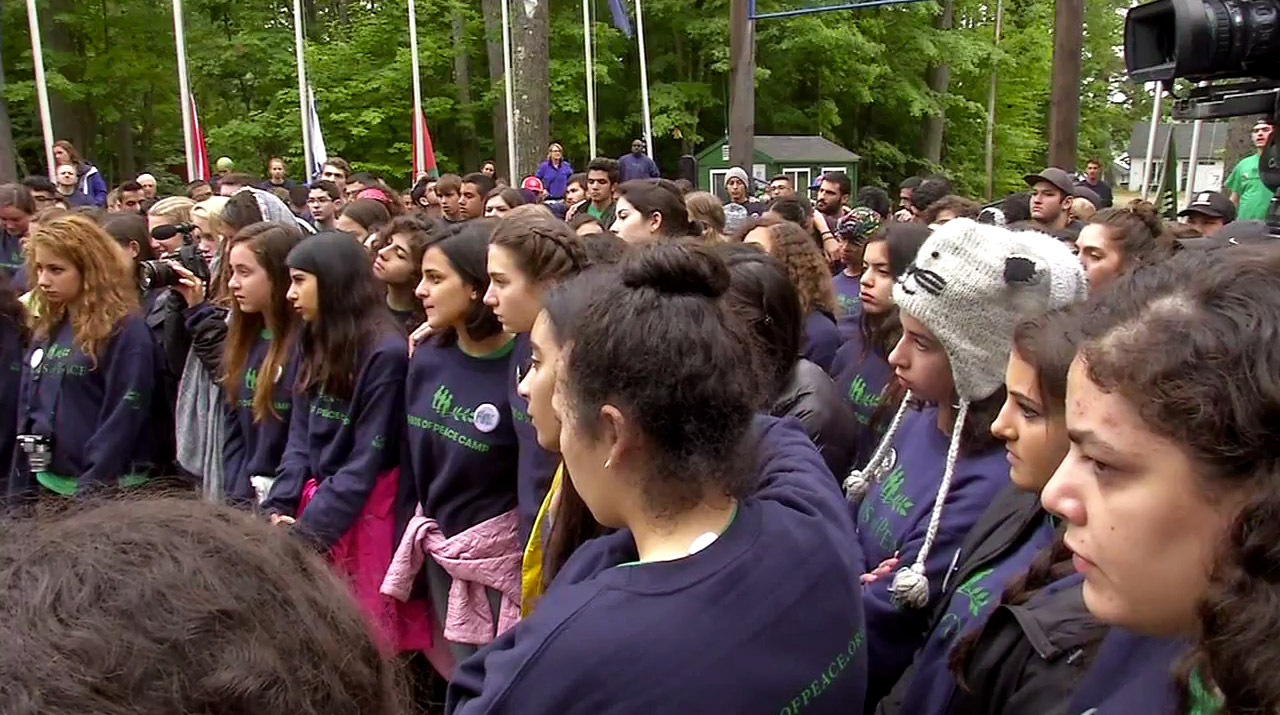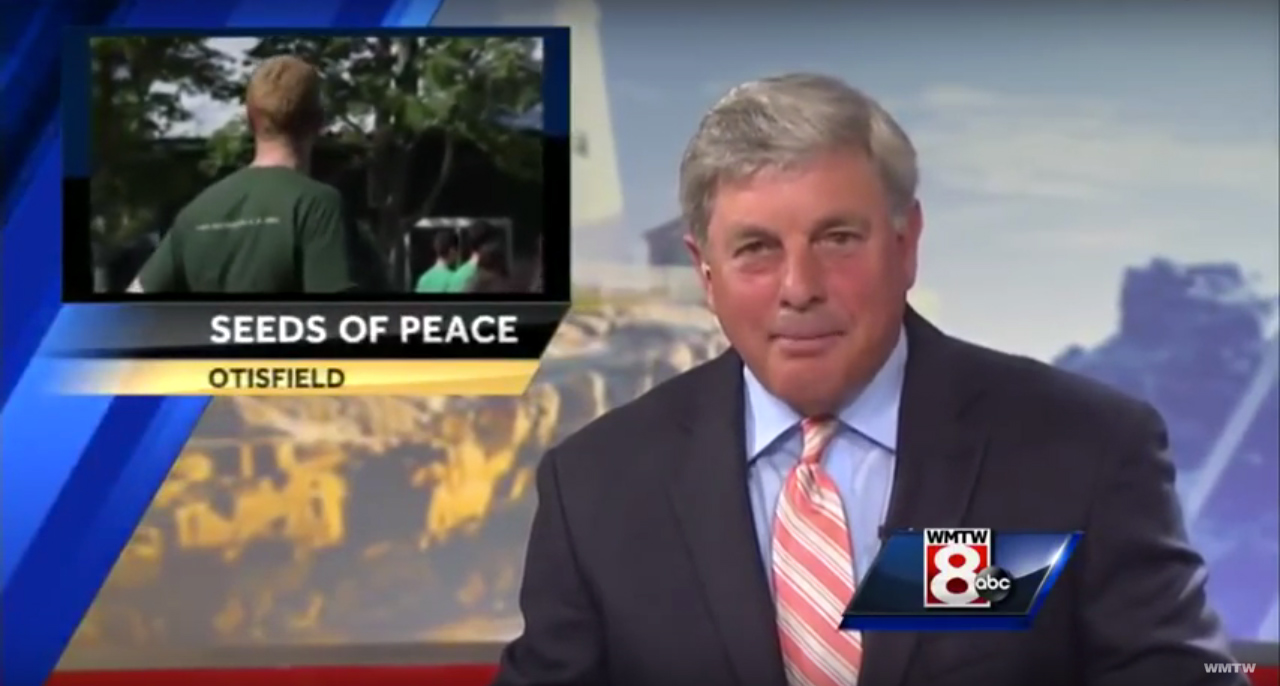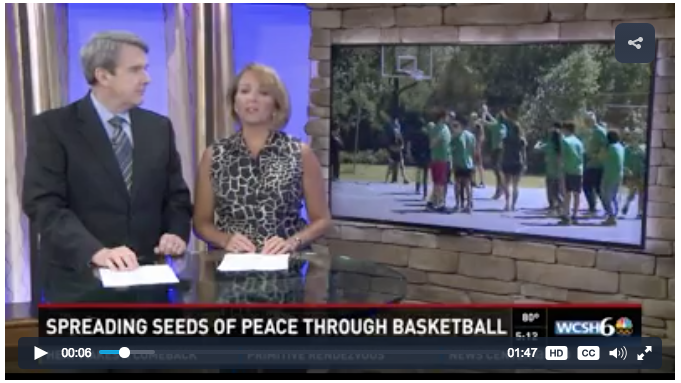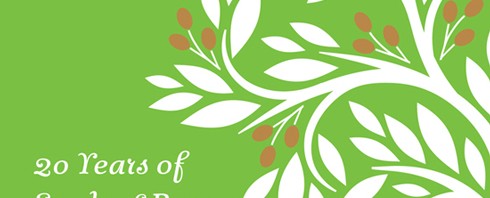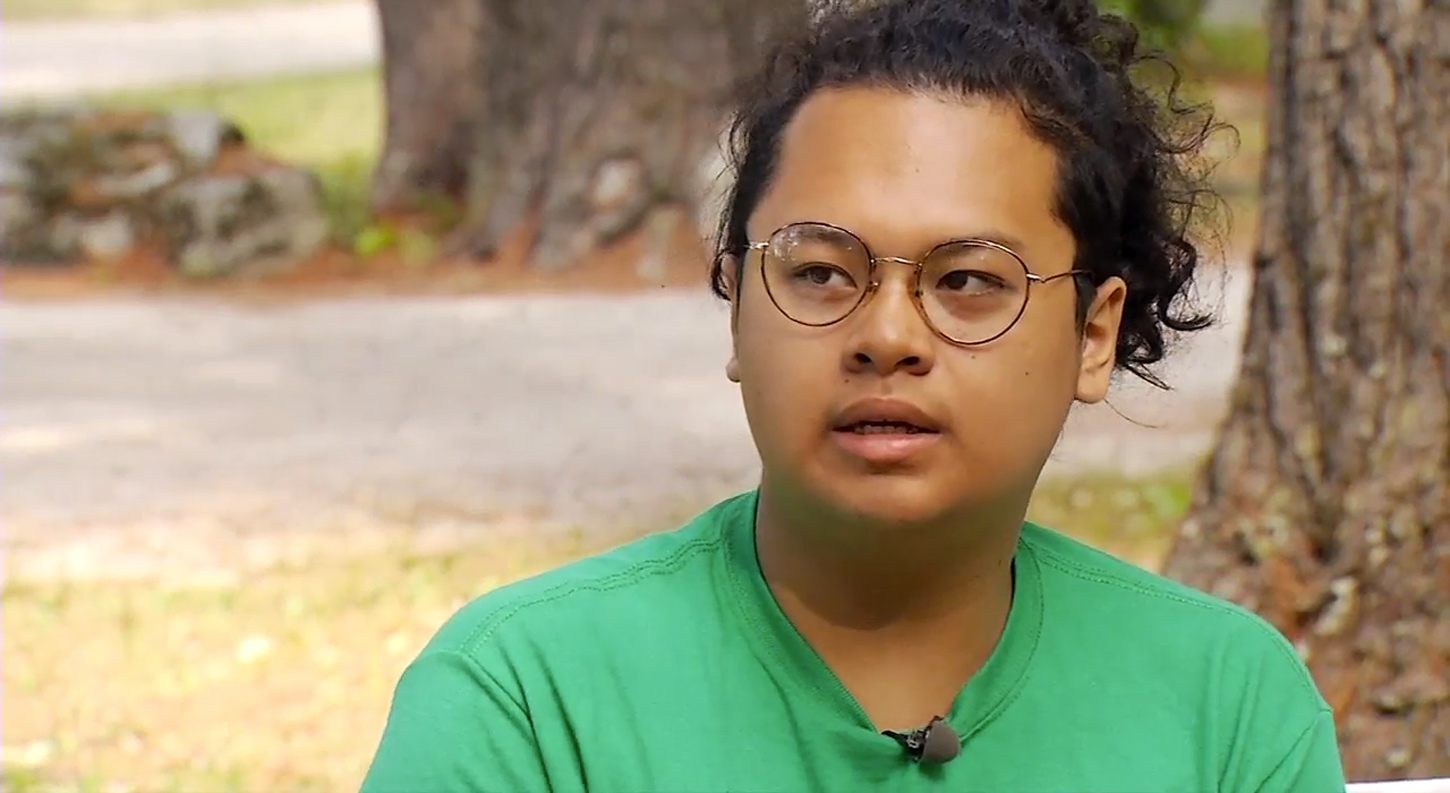As seen on CNN on November 15, 2018
George J. Mitchell is a former US senator and Senate majority leader. A Democrat, he has served as the US special envoy for Middle East peace, the vice chairman of the 9/11 Commission, and US special envoy for Northern Ireland. He is on the advisory board of Seeds of Peace. The views expressed in this commentary are his own. View more opinion articles on CNN.
Democracy is not for the faint of heart. It is hard work, and it takes time: Sweeping change doesn’t come from any one election.
Leading up to this year’s midterm elections, that’s one reason why so many reporters, pundits and other public figures cast doubt on whether young people would turn out to vote. They cited low youth turnout figures from past elections, and often various negative stereotypes of millennials, asking: Can we really expect change from our young people? Aren’t they just too ignorant, too apathetic, too selfish, too lazy to vote? Are they really up to the task of reshaping our democracy?
With the results of the midterms now in, we have an answer: The skeptics were wrong, and our youth are indeed ready to do the work of democracy. Across the country, young people turned out in numbers dwarfing the last several midterm elections; for many of them, it was their first time voting. Of course, the election results varied widely across the board, and in some cases, their candidate didn’t win. But I have full confidence that these youth have made a lasting, lifelong commitment to engaging in our democracy.
Why am I so confident? Because young people didn’t simply turn out at the behest of their elders, political parties, or other existing institutions run by adults. Rather, they took the lead in changing the political landscape, building their own organizations, amplifying each others’ voices, turning out their peers to vote, and sending our political leaders a powerful message: that hate, racism, and division are not our future, and that a government that looks like and represents the country we live in is.
Just look around the country for examples:
Since the February 2018 school shooting at Marjory Stoneman Douglas High School, the survivors, who saw 17 of their peers killed, have emerged as the new faces of the gun control movement, starting with the March for Our Lives. On Election Day, they launched a phone bank to get out the youth vote on behalf of candidates who support sensible, widely supported gun control policies. While key races in their home state of Florida didn’t go as hoped (and remain unresolved), there was still much to celebrate, as the youth vote helped defeat dozens of NRA-backed candidates across the country.
In Shorewood, Minnesota, dozens of students walked out of their high school on Election Day; the school was just one of 500 schools across the country to participate in the national Walkout to Vote movement. In each walkout, students held rallies and marched their peers to the polls; whether or not they were old enough to vote, they took a strong, clear stand, telling
those in power that they are the future of the country, and that their voices must be heard.
In North Dakota, Native American communities faced a new voter ID law that heightened their barriers to voting. In response, teens and college students from the Turtle Rock reservation led a march to their polling place, standing up against discriminatory voter suppression with signs and slogans that included “We are the grandchildren of those you couldn’t remove.” One young woman said: “It made us want to go in there and vote twice as much and make a statement.”
The power of young people to effect change is not limited to this election, or to the United States. I’m proud to have facilitated it and learned from it throughout my own career, helping exceptional youth around the world come together in dialogue, overcoming immense social, political and economic divides.
In Northern Ireland, I was one of the organizers of a program that brought Catholic and Protestant youth together for this purpose. I also serve on the advisory board of Seeds of Peace an international organization that does similar work with youth on opposite sides of conflicts between Israel and Palestine, India and Pakistan, and even among youth from different backgrounds here in the United States.
Whether in Lahore, Ramallah, or my home state of Maine (where the Seeds of Peace Camp is based), the organization is inspiring the next generation of leaders worldwide by cultivating the skills they need: empathy, respect, active listening and critical thinking. That’s because progress can only be made through dialogue and constructive engagement across these lines of division, something we sorely need here in America in these polarized times.
Each and every time I meet those who participate in these programs or hear about the exceptional young people who made an enormous difference in the midterm elections, I find myself newly inspired. Just as American youth are defying conventional wisdom about their political participation, these young people elsewhere around the world are wisely defying the pessimism of too many of my generation, who see these conflicts as insurmountable.
It goes without saying that our young people aren’t fully formed leaders. They still have much to learn, and the immense challenges they must confront will take many years to resolve, as the mixed results of this midterm made clear. But even as we work to inspire and educate our youth, we can learn much from the dedication, courage and passion they are already demonstrating, because the change we need will ultimately not come from those already in power.
It will be our youth, the leaders of today and tomorrow, who are transforming our political conversation for the better. They’re off to a strong start.



